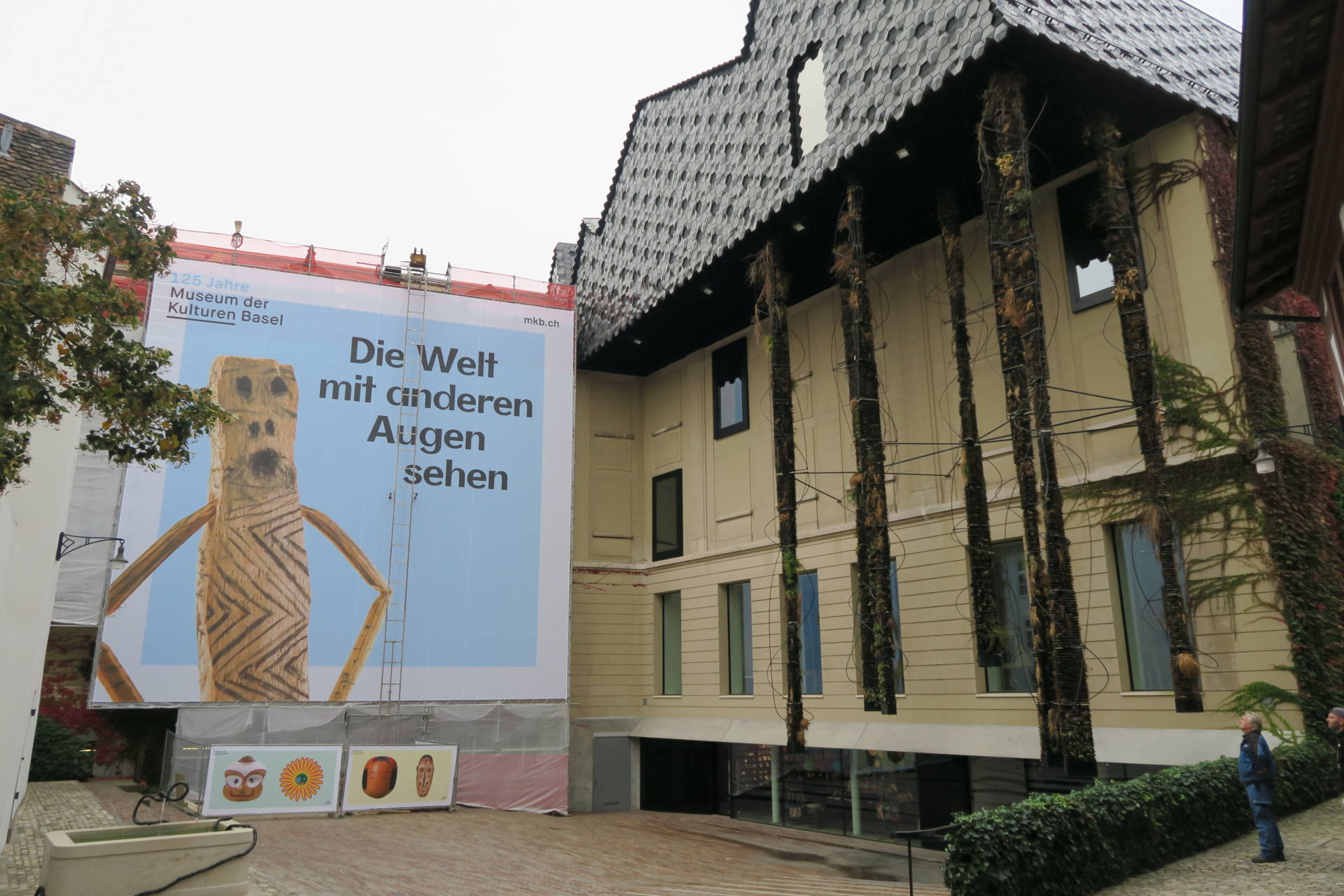A Country of Museums
30 June 2022
The first museums originated in Renaissance Italy during the fifteenth century. Rome and Greece’s political and constitutional models were popular, and the (re)discovery of Greek and Roman authors increased the awareness of the ancient world. Many citizens started to collect items and show them off.
Antique objects (coins, statues, everyday objects, inscriptions and other artefacts) were omnipresent. The houses and gardens were the showrooms. However, they were private collections.

Paus Sixtus IV (1414-1484). Photo: Wikipedia
Pope Sixtus IV (1414-1484) regarded the Roman artefacts as propaganda tools in 1471. They showed the relationship between ancient and Christian Rome, between the emperors and Popes as the new leaders. People came in large numbers, and the Capitol was the first public building to show a collection of art to the public.

Haus zur Mücke
The city of Basel showed an art collection to the public in 1671, the Amerbach-Kabinett in the Haus zur Mücke. It was the first public collection north of the Alps.
In 1936, the collection was divided between the Art Museum (Kunstmuseum) and the museum of antiquities. The country has the largest number of museums per capita nowadays.

Museum der Kulturen Basel. The first of its kind in Europe. Photo:TES

